25 Useful Things You Need to Know About Death Valley National Park
Visiting Death Valley National Park is a one of a kind experience. After all, it is the hottest, lowest and the largest national park in the lower forty-eight. It’s a park of extremes. Because of these conditions, visiting can be a bit tricky. After a few failed attempts, due to weather, the pandemic and other things, I’ve visited Death Valley several times.
I even camped one sweltering October when it was so hot, I questioned whether I would ever camp again. If you are wondering, I have, but that experience prompted me to come up with a list of, what I think, are some of the most important things you need to know about Death Valley National Park to help you be park ready. Let’s go!
Note: Death Valley National Park suffered major damage in August of 2023 when they received a year’s worth of rainfall in several hours. Secondary roads were washed away and Highway 190, the main route through the park was damaged. The park is open but some roads are closed. Check nps.gov/deva for updates and Caltrans for current conditions.
This post contains affiliate links. That means I may earn a commission, at no cost to you, if you book or buy something from a link I share. This keeps Southerner Says online and on the road. Thank you for your support.
Need to Know About Death Valley National Park
The area now known as Death Valley National Park has an impressive history. Once home to the Timbisha Shoshone tribe, miners and even a few outlaws, it’s one of the most fascinating places in the United States. Since it is so unique, visiting Death Valley presents some challenges that other parks just don’t have. Being prepared and knowing what to expect will make for a more successful trip.
1. It’s Enormous!
Located on the eastern border of California, Death Valley National Park is 3.4 million acres, or 3000 square miles, making it the largest national park in the lower 48 states. For comparison, Yellowstone National Park is 2 million acres and is bigger than Delaware and Rhode Island put together but Death Valley is even bigger than Yellowstone! Just imagine how hard it can be to navigate.
Exploring a vast park like Death Valley poses challenges in terms of visitation and driving. To make your experience the best it can be and to make sure you don’t miss out on popular features, it’s best to familiarize yourself with the park’s layout and plan your activities in advance. That way, you can make the most of your visit, avoid unnecessary driving, and make efficient use of your time.
2. It’s Located in California & Nevada
Most people think of Death Valley as one of California’s national parks and it is, but a small section of Death Valley National Park is also located in Nevada? Approximately 110,000 acres are in the Silver State and of those, 46,000 are designated as wilderness and receive the highest level of protection from the government.
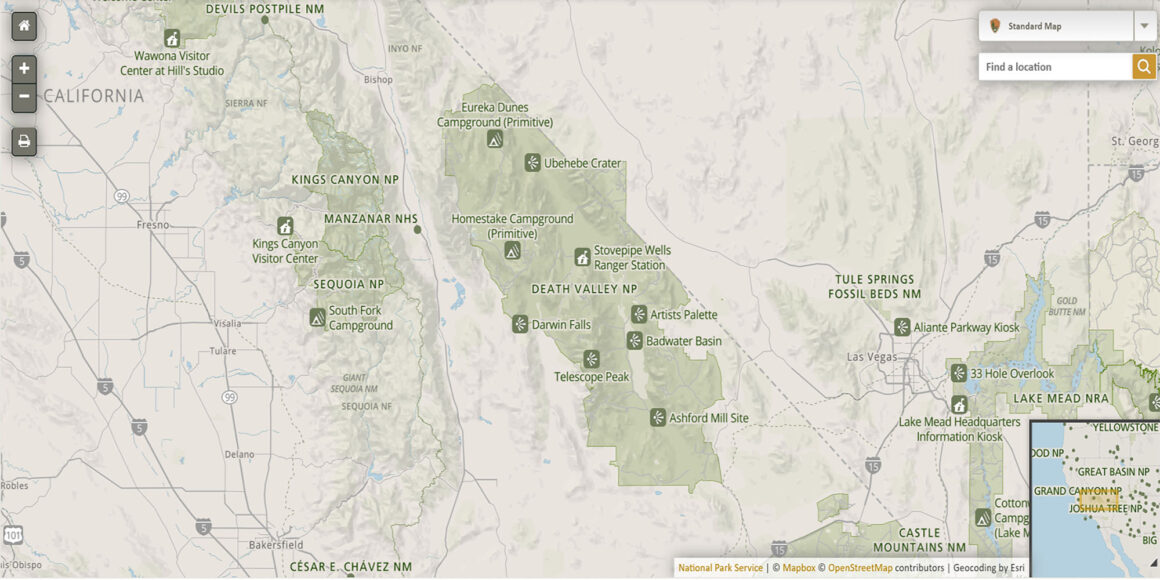
3. How it Got its Name
Have you ever wondered where did Death Valley get its name? Well, you’re not alone. This detail about the park isn’t one of the most important things you need to know about Death Valley National Park but it is something that many people have thought about.
The story goes that Death Valley got its name from a group of pioneers that almost died in the area during the winter of 1849-1850. After surviving for months on their own, when they were finally rescued, one of them turned around and said “goodbye, death valley” and the name stuck.
4. It’s the Lowest Place in North America
Badwater Basin, located in Death Valley National Park, holds the record of the lowest spot in North America, with an elevation of approximately 282 feet (86 meters) below sea level. Seeing the basin’s salt flats are one of the most popular and best things to do in Death Valley National Park.
A boardwalk and a viewing platform are available at the site, but to get the best experience, you should venture out onto the salt flats. The farther you go, the better the scenery and prettier the salt becomes. And there are way less people.
Southerner Says: After rain and flooding in the summer of 2023, a lake formed in Badwater Basin. Lake Manly reappeared after many dry years. Currently, April 2024, there is still some water covering the salt flats but the National Park Service has closed the lake to kayaking and paddle boarding.
5. It’s the Hottest Places in North America
Death Valley also has the record for the highest reliably recorded air temperature on Earth, with a scorching temperature of 134 degrees Fahrenheit (56.7 degrees Celsius) recorded on July 10, 1913, at Furnace Creek, where the park’s official thermometer is located.
The extreme heat in Death Valley is due to various factors, including its low elevation, desert climate, and lack of vegetation. All of these factors mean it’s really important to take precautions and stay hydrated when visiting Death Valley during the hot summer months.
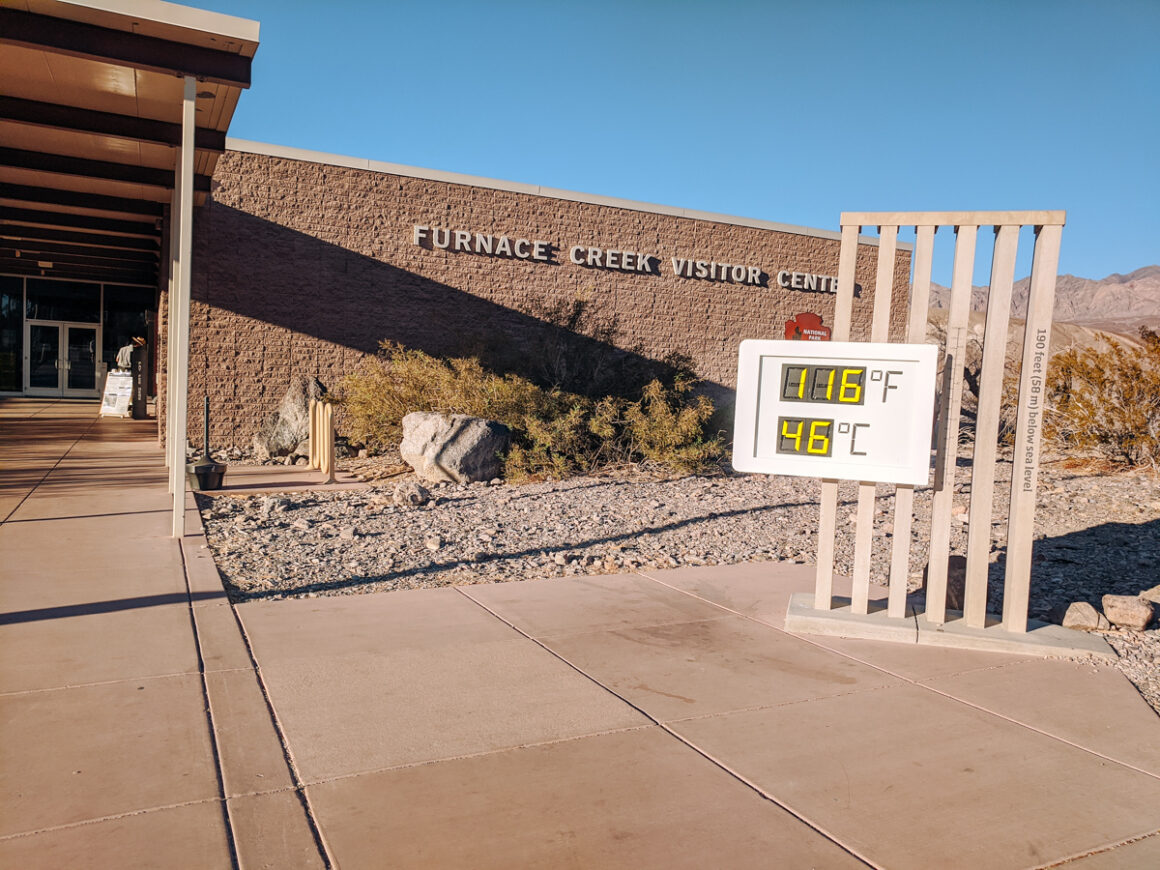
6. The Park Has Multiple Entrances
Since Death Valley National Park is situated in both California and Nevada there are several ways to enter the park. From the west, or coming from California, you can drive Highway 395 North to Ridgecrest and enter on state Route 178.
Or another option is 395 North all the way to Olancha, entering the park via Hwy190. I like this choice since you pass the Father Crowley Vista Point. Also, this section of road before you get to Panamint Springs twists and turns through the mountains, unveiling some of the most stunning views in the entire park.
From Las Vegas, it’s approximately 124 miles to the Furnace Creek Visitor Center. The easiest, and best route in my opinion, is to drive Nevada Highway 160 to Pahrump, to Death Valley Junction and then Highway 190 into the park. This is a convenient route because you can enter on this side of the park and exit via Highway 374 and Beatty, Nevada, making a big loop if returning to Vegas.
7. It’s a Fee Based Park
There may not be an official entrance station like at other national parks but Death Valley National Park is a fee-based park. You will find kiosks with self-pay credit card machines (no cash) for paying the entrance fee. Cost is $30 (USD) for 7 days for cars and $25 for motorcycles.
You can also purchase an America the Beautiful Park Pass at the kiosk. This annual pass cost $80, is good for one year and accepted at over 2k federal federal land sites across the country. That includes Forest Service, BLM properties and more. The pass more than pays for itself if you visit 3 or 4 national parks.
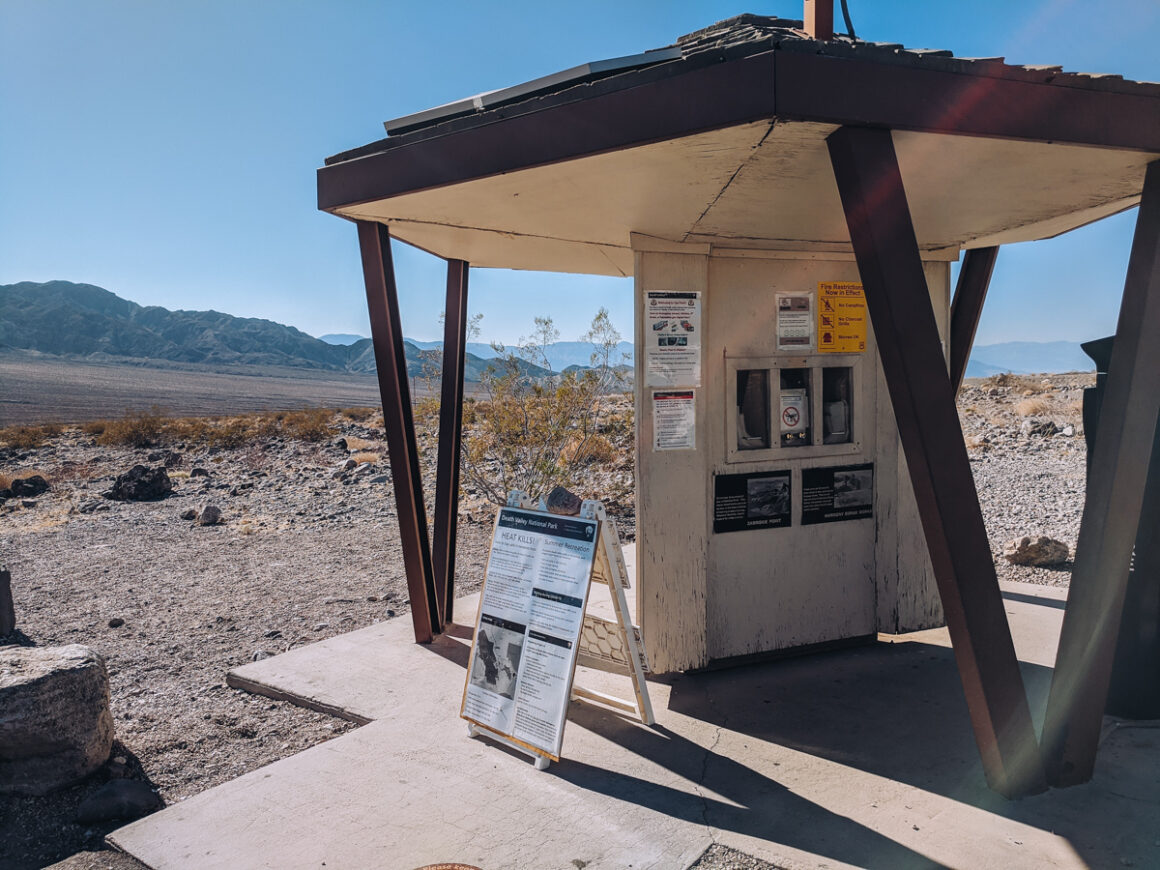
8. Your Vehicle Should be in Tip Top Shape
Given the extreme conditions of Death Valley National Park, particularly during hotter temperatures, it’s essential to ensure your vehicle is in optimal condition before driving in Death Valley National Park. There are things that need to be checked on a vehicle before a road trip and before driving in extreme conditions that are found in places like Death Valley.
Additionally, you may want to carry a battery jump box that can also air up a tire, some fix-a-flat and verify that your spare tire is in good shape as well as all the necessary tools needed to change that tire. Otherwise you might be in for a huge tow bill.
Having a well-thought-out plan in place is also crucial and it’s advisable to inform someone about your itinerary for added safety, as well as regularly keeping a check on your fuel level.
9. Death Valley Has Over 1400 Miles of Roads
And of all them aren’t paved. Many of the remote areas have unpaved roads with conditions that can change month to month based on the precipitation the park receives. Popular back road such as Titus Canyon (currently closed) require 4-wheel drive. If you’re interested in exploring these rugged terrains and don’t have a 4-wheel drive, then consider renting a jeep in Furnace Creek for your safety.
Additionally, a map of the park is essential. Pick one up at the entrance kiosks or download a park visitor guide and map at nps.gov before your visit. The National Park Service also provides a map of backcountry roads and camping in the park. Frequent visitors may want to invest in a Death Valley map that has more detail about the area. I suggest this National Geographic one.
10. The Park is Divided into Junctions
Death Valley National Park has several notable junctions that serve as important landmarks and points of interest for travelers exploring the area. Familiarizing yourself with the various junctions is important for navigating the park and accessing its various attractions, viewpoints and facilities
Furnace Creek Junction: This is a central hub in the park, the Furnace Creek Visitor Center is here, as well as two of the park hotels and several campgrounds.
Stovepipe Wells Junction: Situated near Stovepipe Wells Village, this junction offers access to popular attractions like Mesquite Flat Sand Dunes, Stovepipe Wells Campground, and the historic Stovepipe Wells Hotel.
Badwater Road Junction: Located near Furnace Creek, this junction marks the beginning of Badwater Road, which leads to Badwater Basin. It also provides access to attractions like Natural Bridge Canyon and Artist’s Palette.
Beatty Cutoff Junction: Found near Hell’s Gate, this junction connects Death Valley to the town of Beatty, Nevada, via Daylight Pass Road. It’s a common route for travelers heading to or from the park’s eastern entrance.
11. Cell Service is Spotty at Best
One of the most important things you need to know about Death Valley National Park is that cellular service is not reliable. Although, I do think it dependent what provider you use. I have Verizon and had little to no service every time I’ve been to Death Valley but my daughter has AT&T and she had a bit better coverage than me.
If you plan on exploring the back roads or using one of the 4×4 only roads that connect Death Valley to the surrounding areas, then you might want to invest in a satellite communicator. Garmin makes one and I’ve read really good things about the Zoleo text messenger and email satellite communicator.
12. Winter is the Ideal Time to Visit
Death Valley is open year-round but if you enjoy hiking and want to explore the park that way, then the best time to visit Death Valley National Park is in the cooler winter months. Ideally December through March. April is also a good time to visit for the wildflower bloom.
Summer months in Death Valley National Park are extremely hot. In fact, in the last couple of years, the park broke records with temperatures rising to 130 degrees Fahrenheit. You can still visit but you really have to be prepared and stay hydrated.
And as I mentioned my October visit previously, even in the fall of the year, the park can experiences some hot temps. Plus, you have to consider than even though it is the desert and will eventually cool down at night, it won’t be instantaneous. A 116F during the day means the ground will stay hot until well after midnight.
13. GPS Might Not Be Accurate
The National Park Service warns against relying solely on GPS as it could lead you to dead ends and roads you really don’t want to be driving on in a car or a rental vehicle. The best way to avoid a bad situation is to navigate the park with a park map – and learn how to use roads legends – or a more detailed paper map like this one from National Geographic.
14. Death Valley is a Dark Sky Park
Since Death Valley National Park is situated in an exceptionally remote region far away from major cities, it has minimal light pollution. As a result, Death Valley offers some of the most unobstructed views of the night sky, making it a prime destination for stargazing and astrophotography enthusiasts. This unique characteristic has earned the park the designation of a Dark Sky Park.
The National Park Service offers some suggestions on their website of how to experience a Dark Sky Park. The park also hosts a popular Dark Sky Festival every year. This year’s event is March 1-3, 2024 but check in with a ranger for other smaller events throughout the year.
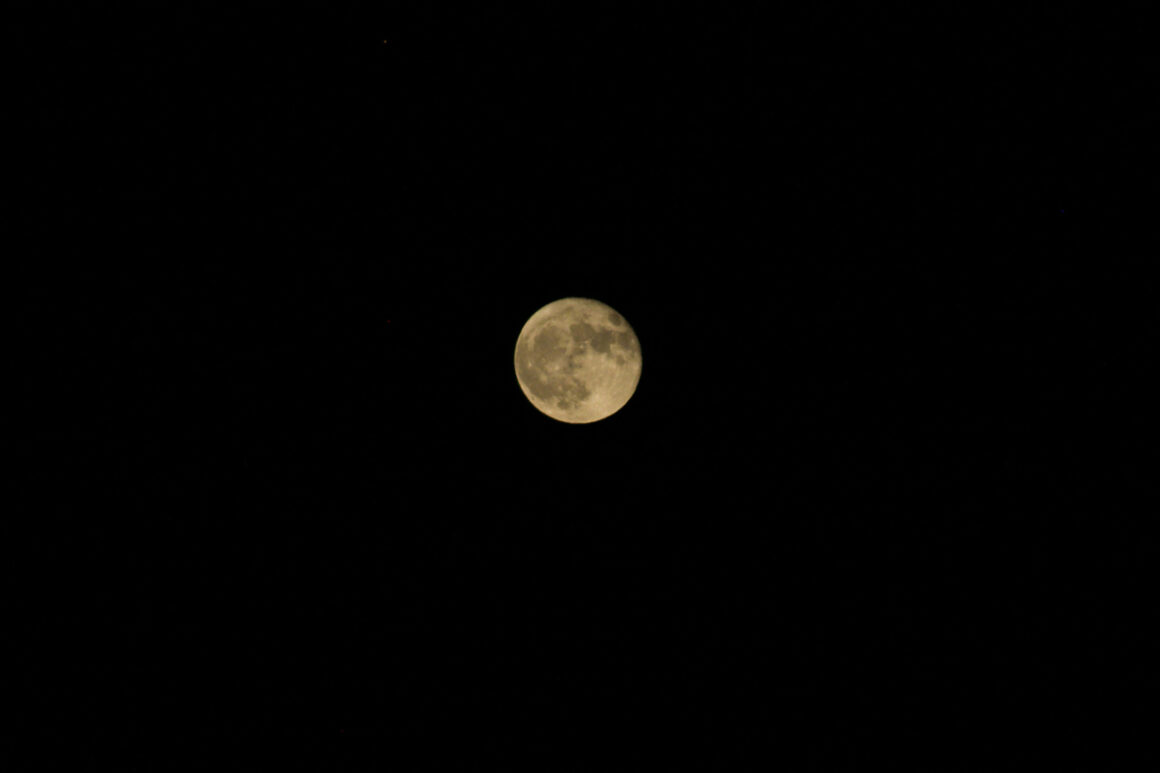
15. It’s a Ideal Day Trip From Las Vegas
You could spend weeks exploring in Death Valley National Park but if you don’t have that kind of time then visiting the park is an ideal day trip from Las Vegas. From southern Las Vegas, Highway 160 to Pahrump is a beautiful drive through the Humboldt-Toiyabe National Forest.
Pahrump is also a good place to fuel up and buy supplies or snacks as you head into the park. Or even have a meal. We picked up tacos from this restaurant on one of our trips from Las Vegas.
A day isn’t a lot of time for a park as big as Death Valley but a few of the features that could be included on a day trip from Las Vegas are Badwater Basin, Dante’s View, Devil’s Golf Course, 20 Mule Team Canyon and Artist’s Drive. Throw in the Furnace Creek visitor center and maybe the Mesquite Flat Sand Dunes, if it’s not too hot, and you have a full day.
16. There’s One Visitor Center Open
Death Valley National Park has two visitor centers. Furnace Creek and one at Scotty’s Castle. The Scotty’s Castle Visitor Center has been closed since 2015 after severe flooding damaged the roads in the area around it. The park service hasn’t released info about its reopening but the fact there were tours of Scotty’s Castle during the 2024 busy season is a good sign.
The Furnace Creek Visitor Center, location of the must-see, park thermometer, is open every day 8am-5pm local time. Besides educational park information, you can watch a park film, get your national park passport stamped and of course, speak with rangers, to answer any questions you might have.
17. You Can Stay in a Hotel in the Park
Since Death Valley National Park is so big, I recommend staying inside the park to cut down on driving. Especially if it’s your first time visiting. Death Valley has three hotel options – the Oasis at Death Valley, near Furnace Creek, offers the historic, upscale Inn at Death Valley and the more casual, family friendly Ranch at Death Valley.
Additionally, in Stovepipe Wells, the Stovepipe Wells Village, offers a hotel, a restaurant and saloon, a gas station and a general store where you can buy the always important ice.
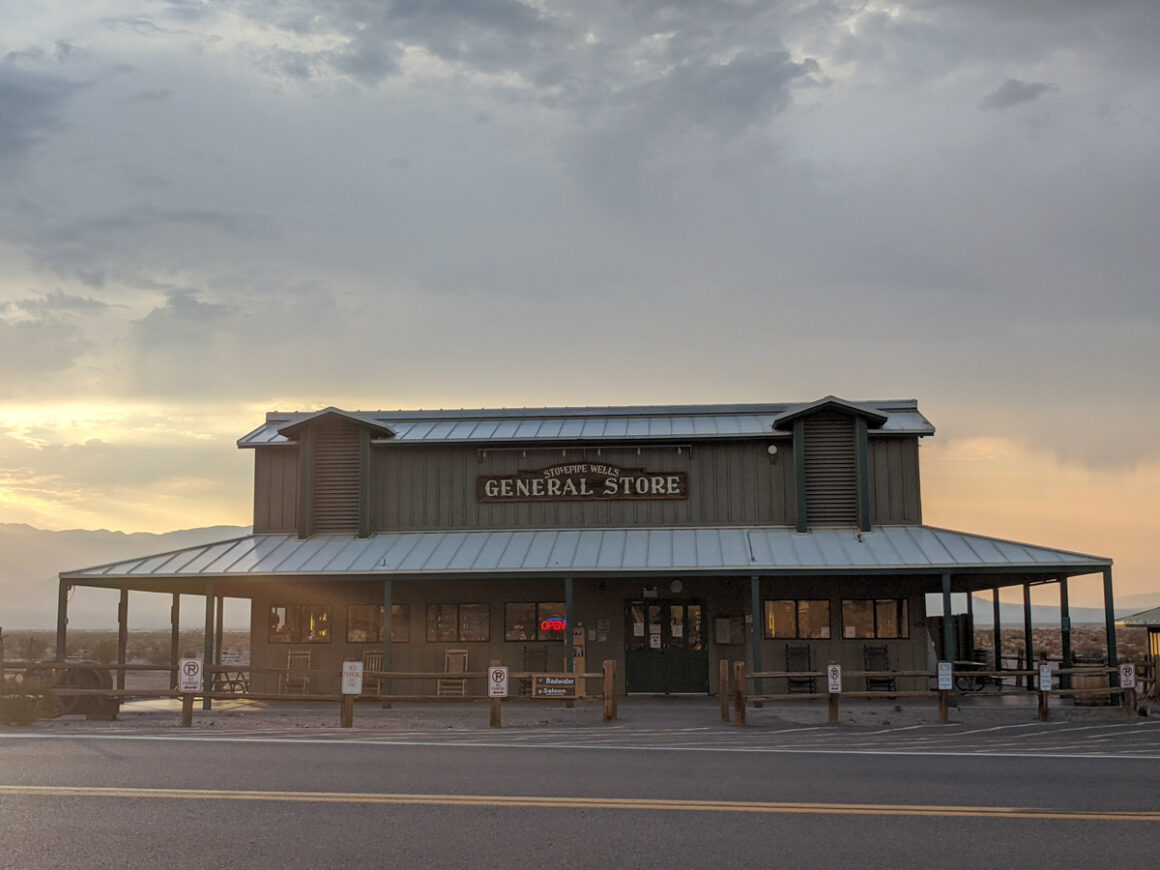
18. Death Valley National Park Has 9 Campgrounds
For camping enthusiasts, choosing to camp within a national park is a good way to get to know a park. Opting for campgrounds inside the park reduces extensive driving, which is especially beneficial in a big park like Death Valley. It also offers the chance to explore the park during unconventional hours and experience nighttime in the desert.
Death Valley National Park offers 9 developed and primitive campgrounds in total. Some like Furnace Creek are park service campgrounds and open all year. If the campground accepts reservations, those can be made on recreation.com. Other campground are concessioner, or private owned parks, and can be booked on their websites.
Southerner Says: Some of the park campgrounds are first-come first-served all year long and some of the others, like the Furnace Creek Campground, switch to first-come first-served during the low season. First-come first-served just means you can’t make a reservation in advance but rather you’ll need to visit the campground and select a site from the unoccupied sites once you arrive.
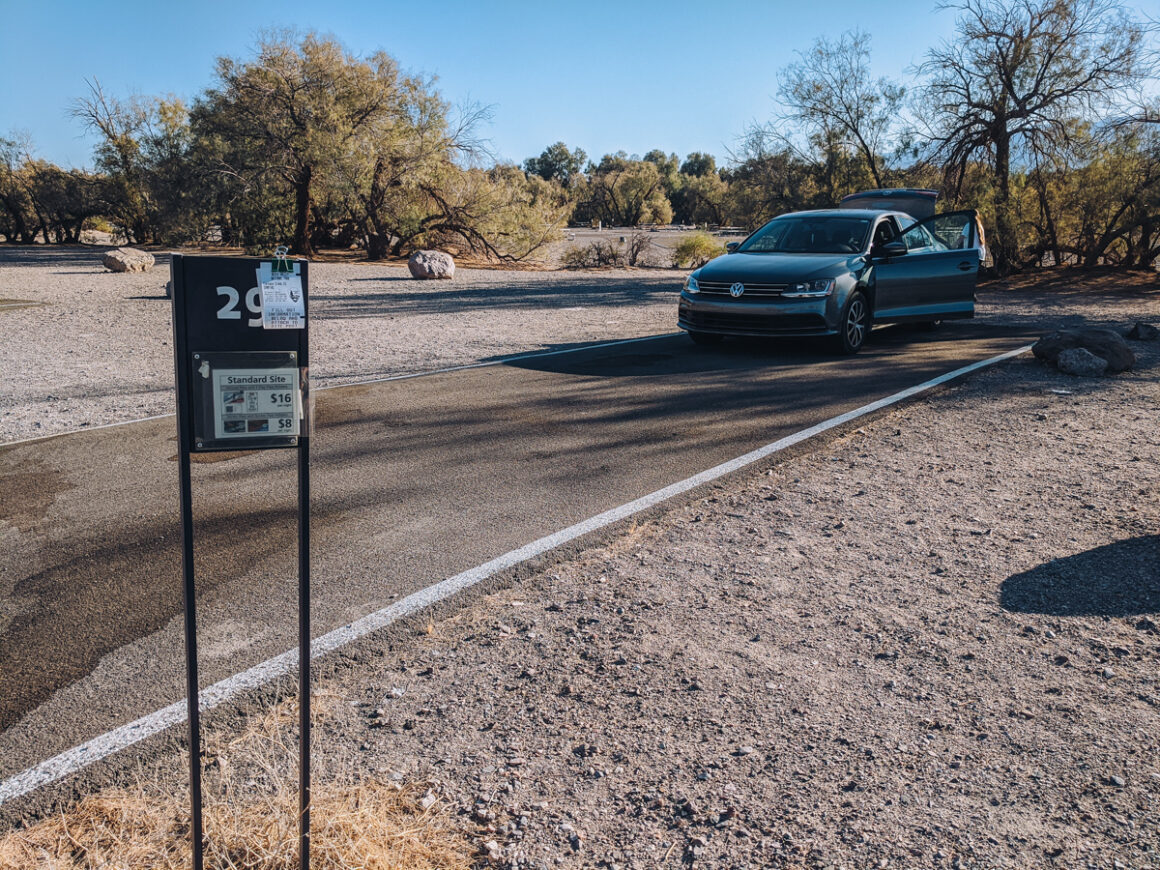
19. There Are Easy Hikes
You’ll find numerous easy and moderate hikes suitable for every level of experience in Death Valley National Park. The ability to explore them depends on the timing of your visit and the temperature.
Among the easiest trails, suitable for year-round, are Badwater Basin, Zabriskie Point, Ubehebe Crater (excluding descending into the crater), Dante’s Peak and Mesquite Flat Sand Dunes, which is particularly enjoyable just about anytime, even during the hotter months, if you go early in the morning.
No matter when you hike in Death Valley you should always prioritize staying hydrated in the dry, desert environment. Also having sunscreen, a hat and sunglasses are also very useful.
20. And Ghost Towns
Death Valley was once a thriving mining area. Most of the operations have been closed for years but abandoned buildings and equipment can be found throughout the park. Many of these places are hard to reach but one of the easiest to visit is Harmony Borax Works, located right off Highway 190 near Furnace Creek.
This particular operation was successful because of its use of large 20 mule teams and double wagons that hauled borax to the Mojave for pickup. You can walk around what remains of the original buildings and see some of the wagons displayed. Minus the mules, unfortunately.
After being closed for many years, Keane Wonder Mine, with aerial tramways used to move the mined products around, is now accessible. Visiting this area requires a high clearance vehicle to get to the trailheads. The park website has the details and directions.
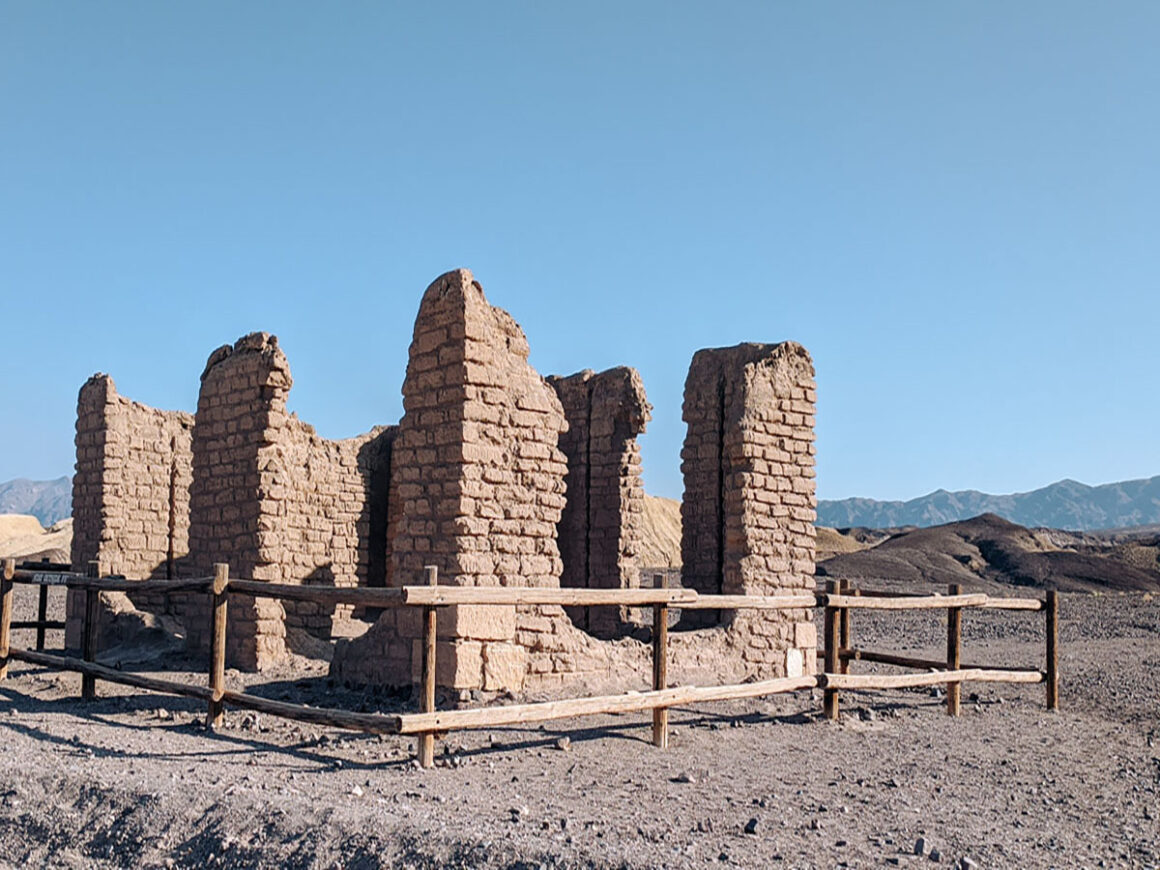
21. You Can Bring Your Dog to Death Valley
Dogs are allowed in Death Valley National Park but with restrictions. First, they must always be on a leash and never left unattended. The temperatures are just too hot for dogs to be left inside vehicles. Dogs are not allowed on trails and even park boardwalks through natural areas like the ones at Badwater Basin.
You can take them to developed areas, such as paved roads, unpaved roads, parking lots, campgrounds, and outside of federal buildings, like the visitor center. (Obviously, this does not apply to legitimate service animals.)
If you travel with your pet to one of the allowed area within the park, be vigilant of wildlife. And if you have doubts about to go, the park service has a helpful page and suggestions of areas in the park where you can go with your pets. That info can be found here.
22. Death Valley National Park Has Gas Stations
With a park this large, you’ll be happy to know that you don’t have to worry too much about keeping your gas tank full. Death Valley has 3 gas stations. Furnace Creek, Stovepipe Wells and Panamint Springs all have fuel available. In Furnace Creek, if you use a credit card, you can even fill-up when the store is closed.
You still need to keep an eye on the needle and not get off somewhere with a low tank since there’s a lot of ground to cover between these locations. If you are driving in from 395N, I suggest fueling up before making the turn onto 190. Coming from Las Vegas via Pahrump or Beatty, then definitely stop there to gas up first.
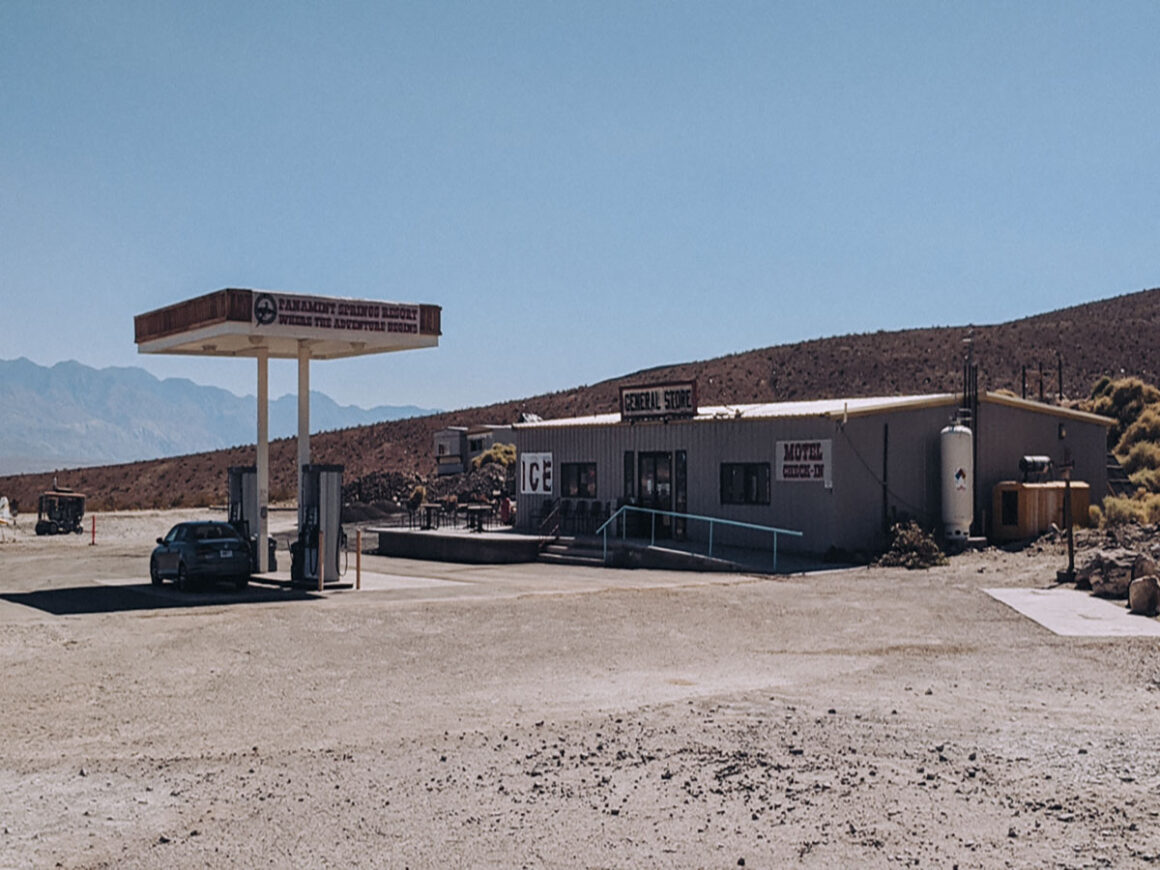
23. It’s Home to a Unique Fish
Yes, you read that correctly, Death Valley National Park is home to a fish that’s only found in very specific habitats. It’s called a pupfish and it’s a remarkable species that thrives in the unique environment of Death Valley. These small, resilient fish have adapted to survive in the extreme conditions of the park’s saltwater and freshwater habitats.
You can’t just see pupfish anywhere but if you include a visit to Ash Meadows National Wildlife Refuge, near Death Valley, and home to four endangered fish species and eight threatened or endangered plant species, you might just get a glimpse of this unique fish.
24. Enjoy a Self-Guided Star Wars Tour
Many people are aware that parts of the popular movie “Star Wars” were filmed in the park, but did you know that you can take a self-guided tour of these filming locations? While perhaps not the most critical thing you need to know about visiting Death Valley National Park, it’s a fun activity to include in your visit.
Mesquite Flat Sand Dunes, Golden Canyon, Artist’s Palette and Desolation Canyon were all used for the various otherwordly scenes of the Star Wars films. And while not directly featured in the movie, Dante’s View, with its panoramic vistas of Death Valley, was reportedly visited by the film crew for inspiration and scouting purposes.
25. It Does Rain in Death Valley
If the last couple of years have shown us anything, it’s that it definitely rains in Death Valley. Granted, 2023 was an el niño year and who knows if this rainy trend will continue long term but 2024 has started out wet, as well.
Weather changes, and just the fact that there’s a lake where there hasn’t been one in hundreds of years, reinforces the need to stay vigilant to weather conditions and what’s going on in the park.
Washes and canyons, and even low roadways, can flood fairly quickly in the desert. These conditions and dangers can be easily avoided just by checking the weather outlook.
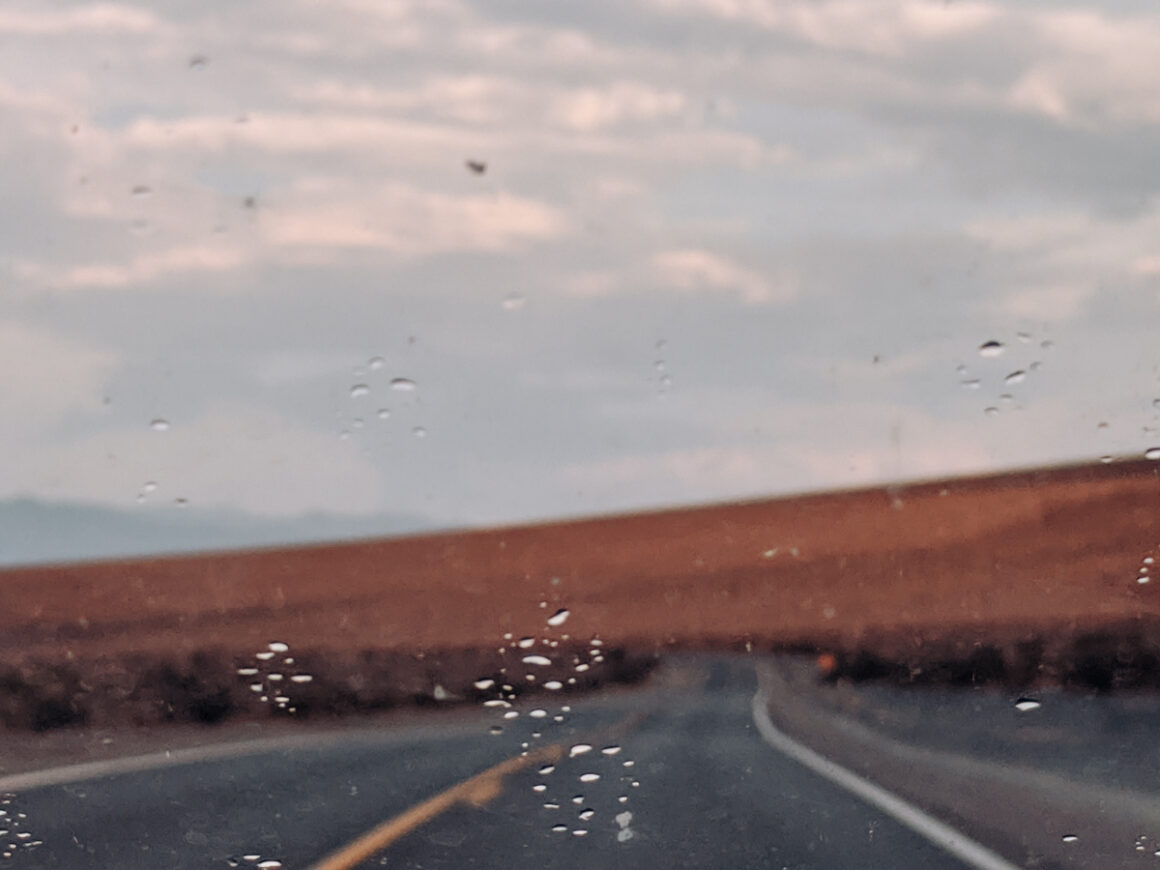
Death Valley National Park Resources & Tips
You can never be too prepared for visiting Death Valley National Park. Here are a few more resources and tips you might find helpful.
- Purchase a Death Valley National Park by Moon Guide to make your trip even better. Moon Guides are some of the most informative guidebooks out there.
- Don’t forget a NPS map of Death Valley National Park.
- Download the National Park Service’s app for self-guided tours and info about Death Valley National Park.
- If you plan on doing any backcountry camping use this handy Backcountry Camping Map & Rules to make your plans before you head out.
- Remember to use Leave No Trace principles when visiting our public lands and leave them better than you found them.
- Before visiting Death Valley National Park or any national park, always check the park website at nps.gov for park alerts and closures.
What You Need to Know About Death Valley National Conclusion
There’s absolutely no way I can write about everything you need to know about Death Valley National Park in one blog post. However, I do feel like these things listed here are some of the most helpful tips about the park and will help you get started. Do you have anything to add? Let me know!
See you on the road!


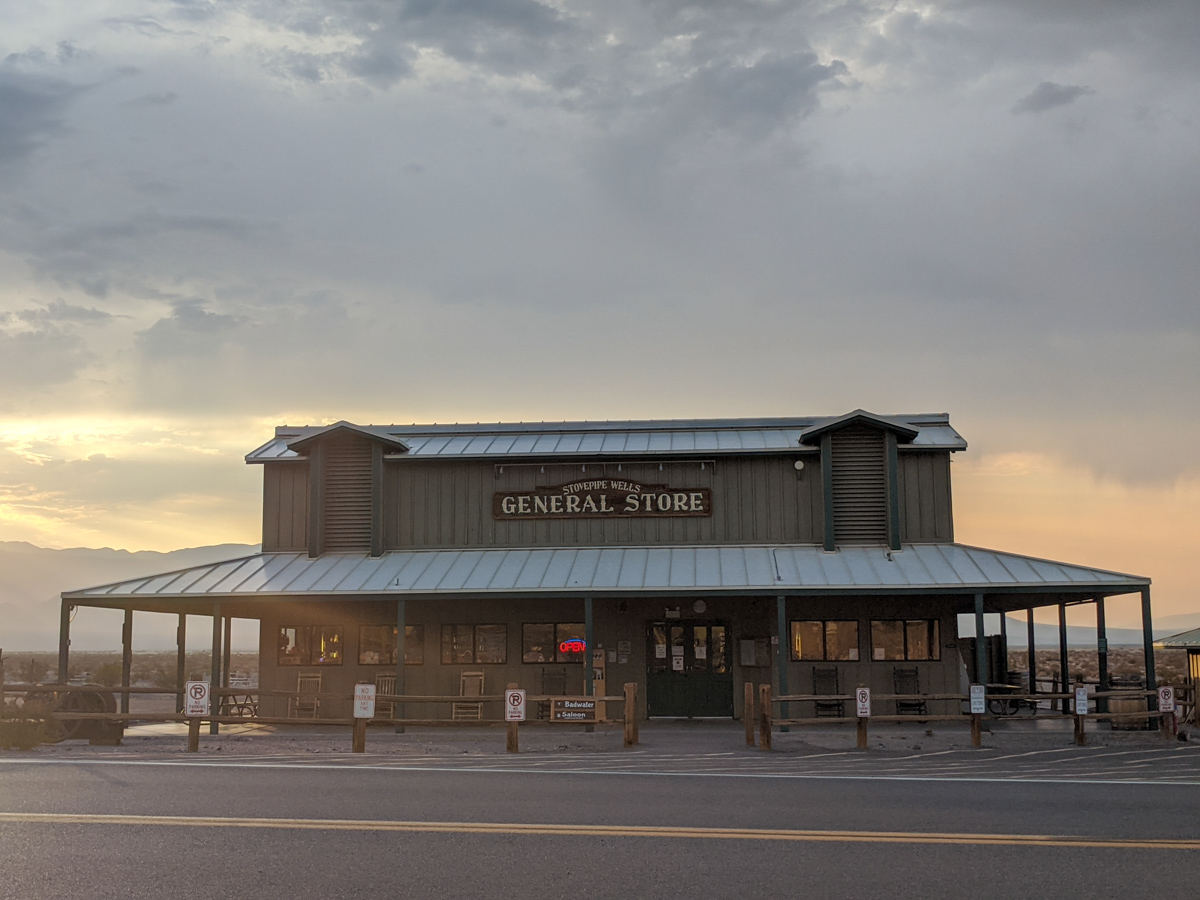
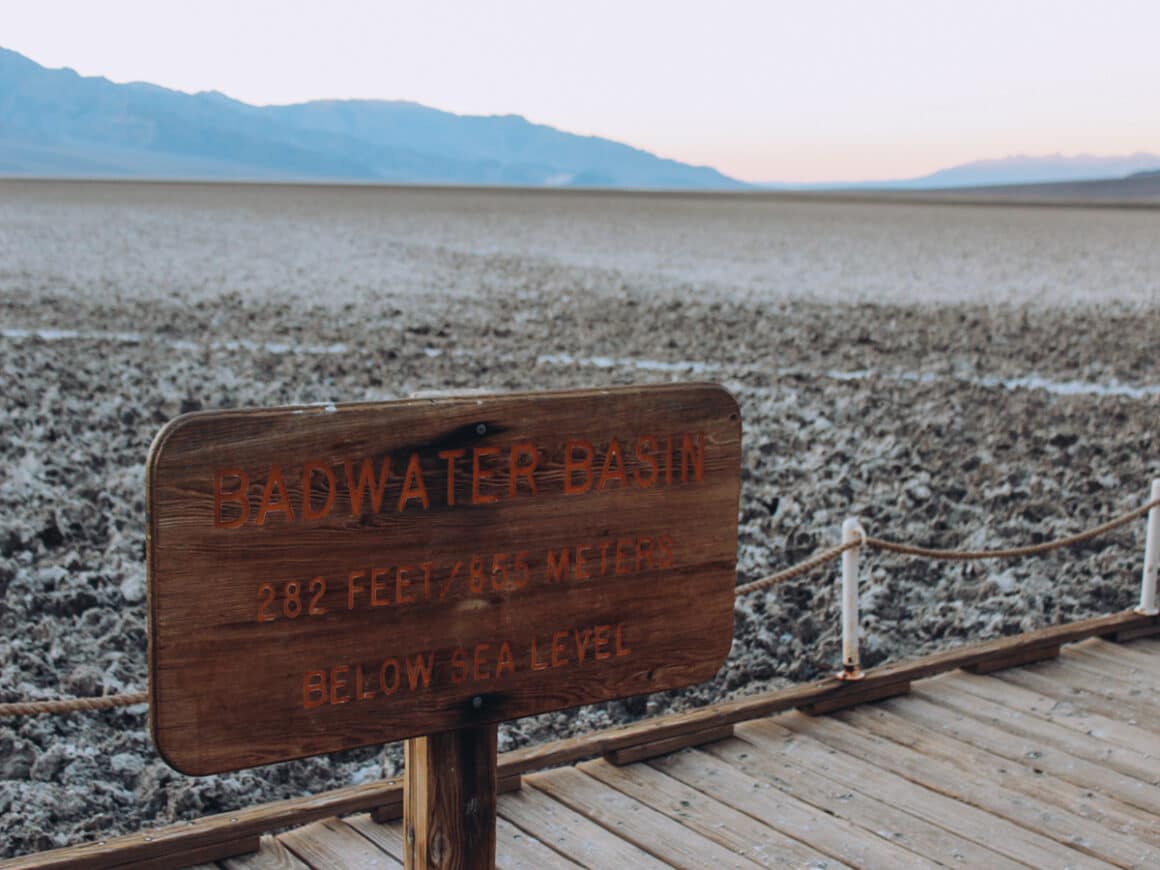
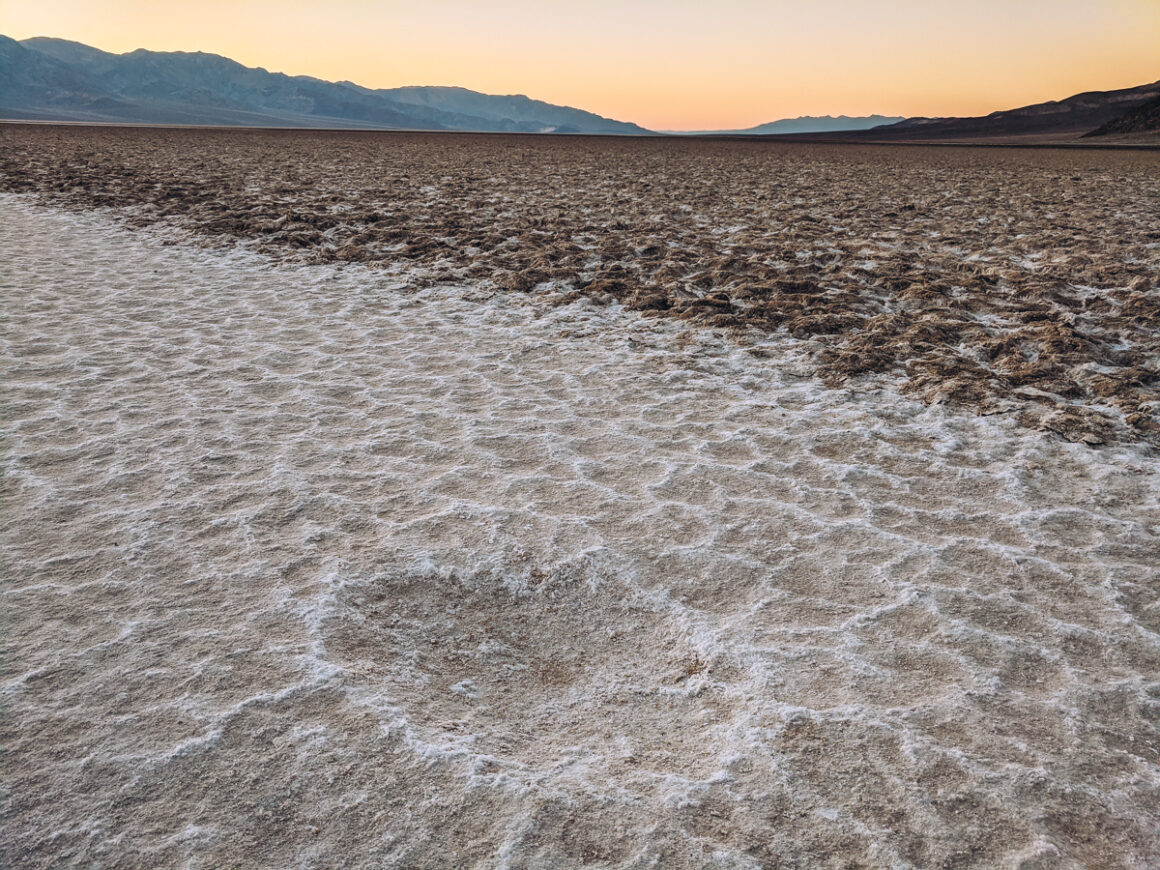
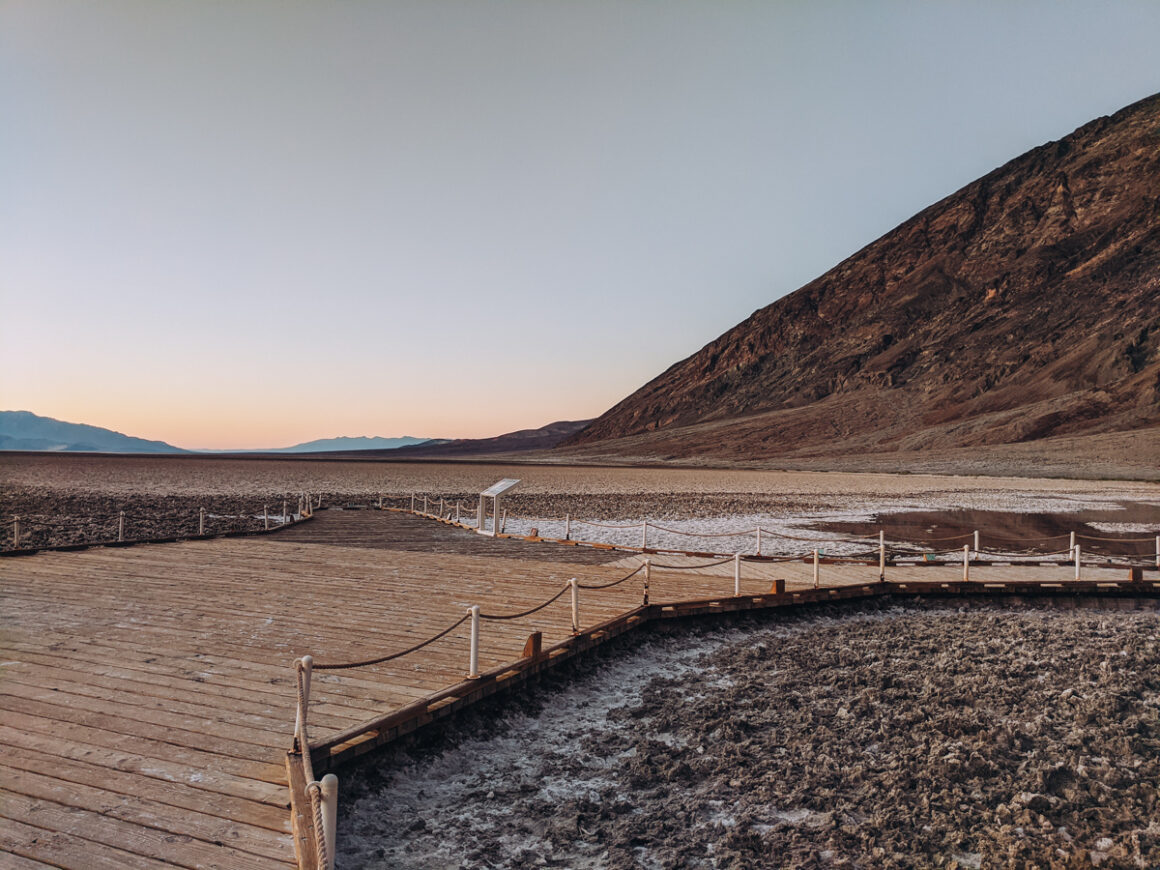

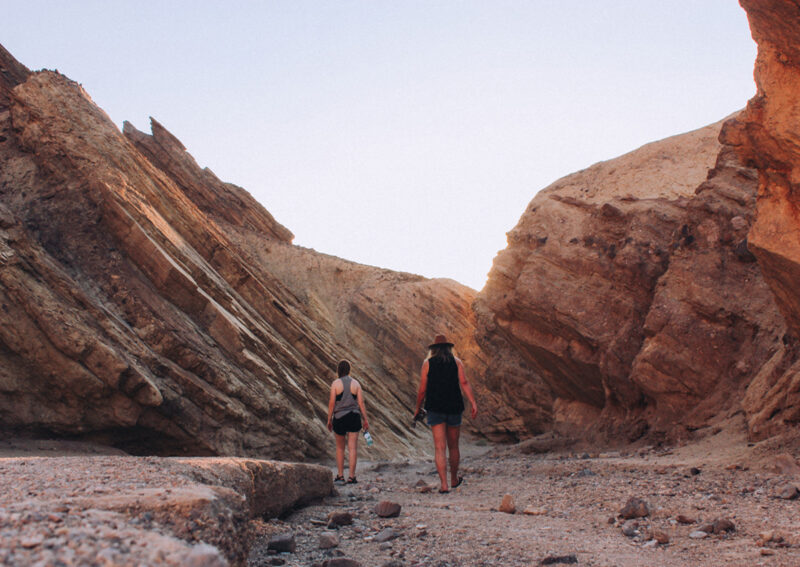
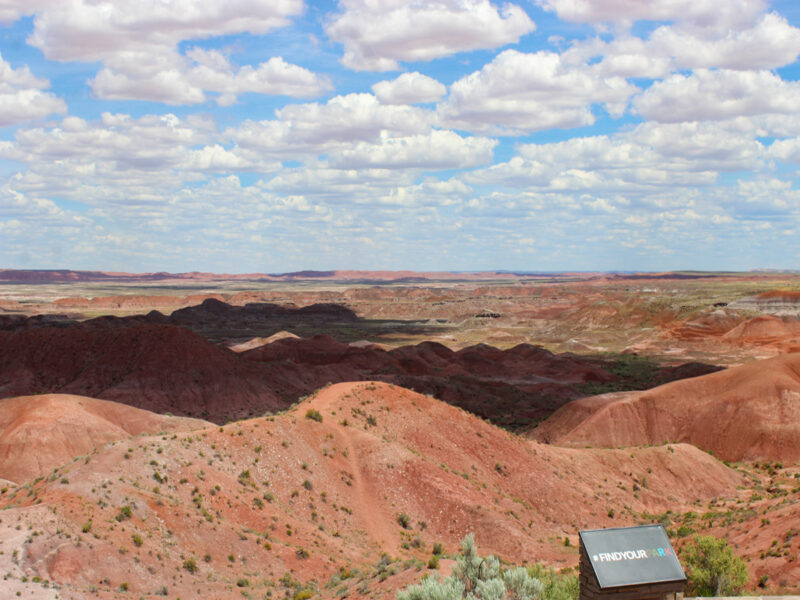
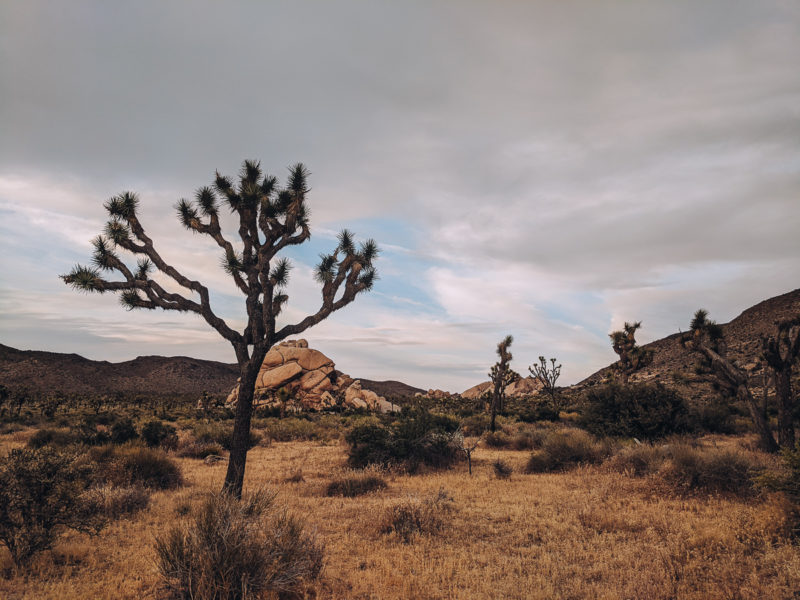
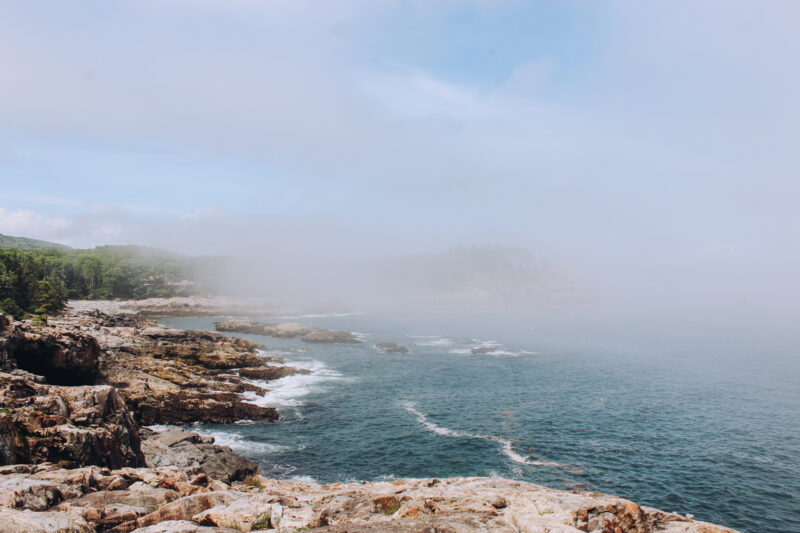
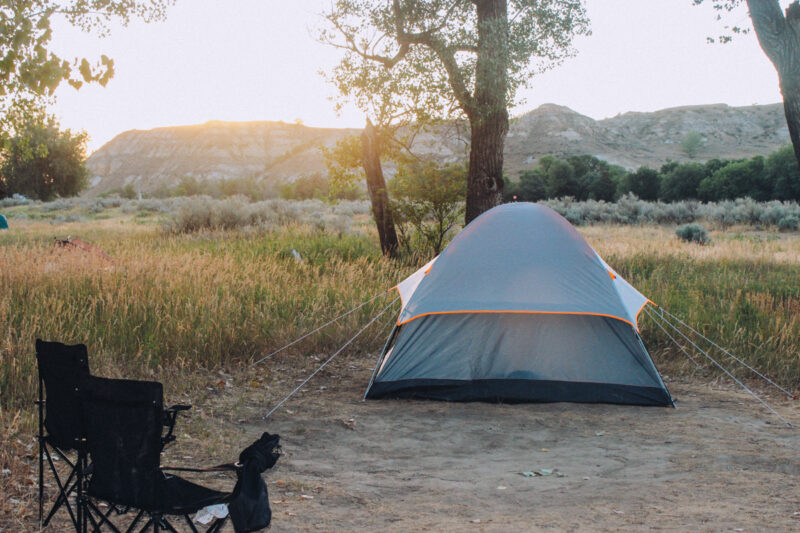
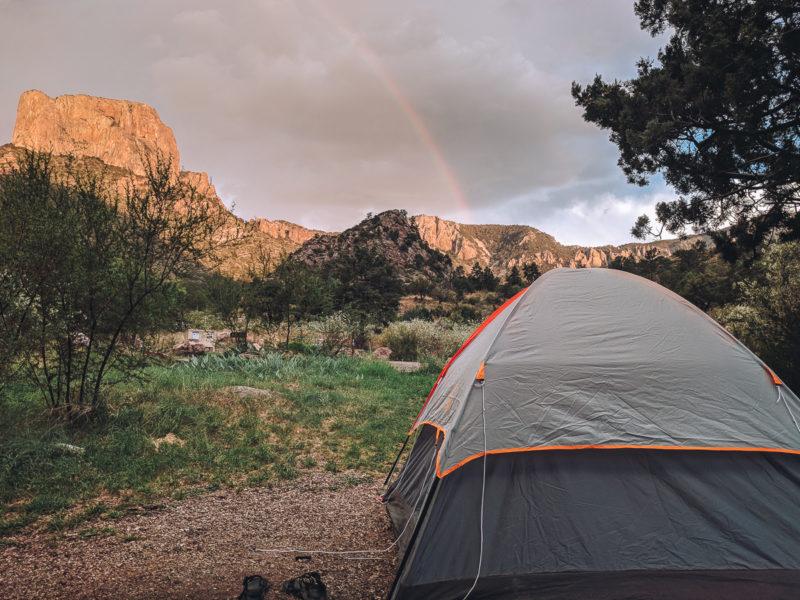
Hi Lori!
This was a well written and informative article on Death Valley. You pretty much covered all that there is, but I would like to add one thing. I work for Xantera as an outside electrical contractor and recently upgraded their electric vehicle car chargers at the Inn and the Ranch parking lots in Furnace Creek. You will find 2, two port chargers at the Ranch near the ice cream shop and 1, two port charger at the Inn near the entrance to the tunnel. These new chargers are part of the Blink Charging Network and each port is configured for 32 amps (40 amp, 2 pole breaker). I hope this helps some of your readers! Thanks for sharing Lori.
Sincerely,
Jason
Oh wow thank you so much Jason! This is very helpful information to include. I really appreciate you reaching out to let me know.